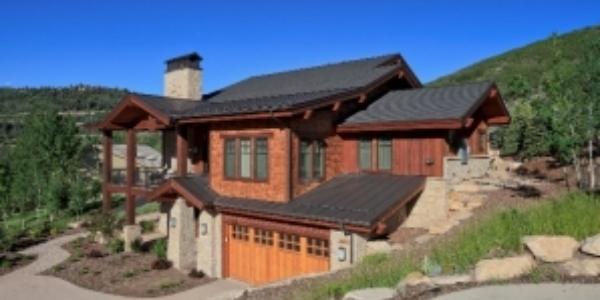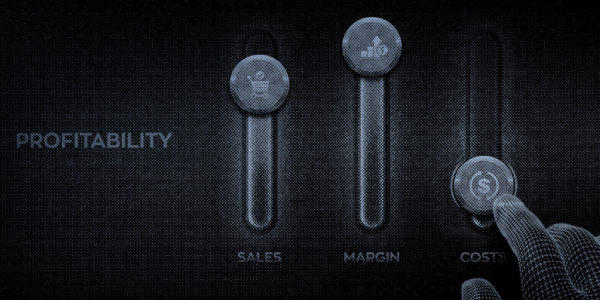MRA Separates Fact Vs. Fiction About Hot Weather Rooftop Performance

Help your homeowner customers understand rooftop energy efficiency to help them save big as temperatures rise.
After last year’s scorching summer, how to best beat the heat is top of mind for many U.S. and Canadian homeowners, especially during prime re-roofing season.
Roofs make a giant difference in keeping homes cool, especially in extreme temperatures. Metal is considered the most energy efficient roofing material available, yet according to MRA Executive Director Renee Ramey, there are still misconceptions among homeowners, including worries about whether metal may be too shiny or conduct heat, causing a home’s interior temperatures to rise.
“Nothing could be further from the truth when it comes to how metal roofs are actually designed to function,” said Ramey. “For homeowners to maximize their energy savings and stay comfortable even in extreme heat, it’s important to understand the technical details and science behind roofing material performance.”
The Reflective Factor
To comprehend how roofing materials may increase efficiency, the first step is to understand the sun’s energy, which is divided into UV, Visible and Infrared rays. Infrared, non-visible rays make up the biggest majority, and they produce heat. UV rays (non-visible, cannot be felt, yet can cause wear and tear on building materials) and visible rays account for the rest.
While even basic, unpainted metal roofs will reflect more solar radiation than asphalt roofs, by choosing the proper colors and coatings, low-glare metal roofs reflect mostly non-visible, infrared and UV rays, the kind that produce the most heat and are the most damaging. And by emitting as much as 85 percent of solar heat gain to help keep homes cooler, even darker color metal roofs will help lower home temperatures during sizzling summer weather.
The bottom line for metal roofs is—given the type of rays they reflect—homeowners do not need to worry about their rooftops giving off a shiny glare, even in bright sunshine.
“With today’s metal roofing styles that come in a variety of surface finishes, profiles, textures and substrates and high-performing paint colors, the idea that metal roofs may be too shiny and mirror-like is nothing more than a modern-day myth,” said Ramey. “Metal roofs look and perform beautiful because they work to reflect and re-emit heat caused by mostly non-visible rays.”
Cool Roof Efficiency
There’s a good reason why some homeowners sometimes describe their energy costs as “through the roof” during the hot weather season. That’s because, with subpar materials and inadequate installation methods, roofs can be the least energy efficient component of any home.
Metal roofs, many of which are ENERGY STAR-qualified, also are known as “Cool Roofs.” Cool Roofs are labeled as such based on total solar reflectance and thermal emittance properties, a term that describes how much of a material’s absorbed energy is released and emitted back into the atmosphere (versus causing indoor temperatures to rise).
Cool metal roofs also can help save energy by lowering roof temperatures by as much as 50 percent. In fact, the Environmental Protection Agency estimates that an ENERGY STAR labeled roof can lower roof temperatures by as much as 100 degrees F.
Installation also counts. To maximize energy savings, proper insulation and air flow and ventilation are essential in all seasons. Check building codes in your area and make sure your insulation meets or exceeds standards. Good eve and ridge ventilation systems help maintain consistent roof temperatures, no matter what the roofing material.
Choosing better roofing material and installation methods adds up to real dollars and cents: Research indicates that homeowners can save up to 40 percent on annual energy costs by selecting the right type of roof and installation practices.
“The type of roof homeowners choose has a real impact on their bottom line and budgets, all year long,” said Ramey. “When it comes to practicality and performance, metal roofs simply make more sense.”
About Metal Roofing Alliance (MRA)
Representing metal roofing manufacturers in the United States and Canada, the Metal Roofing Alliance (MRA) was formed in 1998 as a nonprofit organization to help educate consumers about the many benefits of metal roofs. The main objective of MRA is to increase awareness of the beauty, durability and money-saving advantages of quality metal roofs among homeowners, as well as to provide support for metal roofing businesses and contractors. For more information, visit MRA.
Become an MRA member.






















Comments
Leave a Reply
Have an account? Login to leave a comment!
Sign In